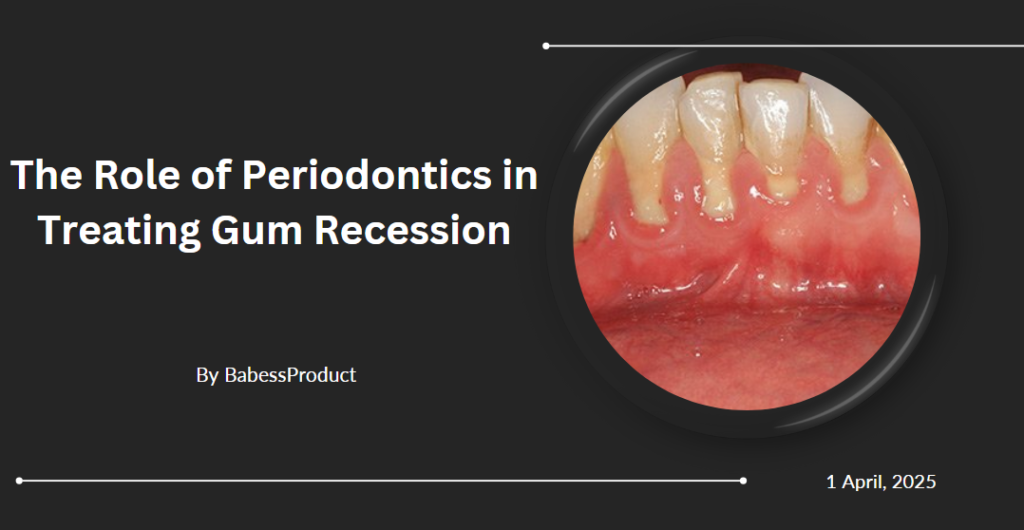Gum recession, where the gums pull back from the teeth and expose their roots, is a common dental concern. Left unchecked, it can lead to sensitivity, a higher risk of tooth decay, and eventual tooth loss. Periodontics, a specialized branch of dentistry focusing on the structures that support the teeth, plays a significant role in diagnosing, managing, and addressing gum recession. Here is more information on how periodontics contributes to treatment and why it effectively manages this oral health issue:
Understanding Gum Recession
Receding gums occur for various reasons, and identifying the underlying cause is the first step in periodontics. Contributing factors include aggressive tooth brushing, poor oral hygiene, periodontal disease, genetic predisposition, or even hormonal changes. When gum tissue pulls away from the teeth, it exposes areas of the tooth that are not protected by enamel. This can lead to increased sensitivity and a higher likelihood of decay and irritation.
Periodontists specialize in addressing these root causes by assessing the condition of the gum tissue and surrounding bone. Thorough examinations and imaging allow periodontists to determine the severity of the gum recession and recommend appropriate interventions. Whether the damage stems from periodontal disease, trauma, or improper oral habits, identifying the cause helps inform treatment plans.
Treating Non-Surgically
For mild gum recession, periodontists often start with non-surgical solutions. The aim is to halt disease progression and protect the affected areas. Deep cleaning procedures such as scaling and root planing are commonly used. These tools remove plaque and tartar that accumulate below the gum line, reducing bacterial activity that might worsen tissue loss.
Patients with gum recession may also be guided on adopting healthier oral care routines to prevent further damage. Specialized brushes, mouth rinses, or techniques might become part of daily habits. Desensitizing products and fluoride treatments help protect exposed root surfaces from discomfort and decay. For moderate gum recession, a periodontist may recommend splinting loose teeth or using gum-friendly bonding agents to protect exposed roots from further injury.
Restoring Smile Aesthetics
When gum recession advances beyond what non-surgical methods can manage, periodontists may employ surgical procedures to restore gum tissue. One widely used method is a gum graft, where healthy tissue is transplanted from another part of the mouth to cover exposed roots. This technique not only reduces sensitivity but also provides a physical barrier against decay. Pinhole surgical techniques offer a minimally invasive alternative to traditional grafting methods for some patients. This procedure involves making small perforations in the gum tissue to loosen it and reposition it over exposed roots. The lack of cutting reduces recovery time while achieving effective results.
Regenerative procedures may also be employed in cases where bone loss accompanies gum recession. Guided tissue regeneration and the use of growth factor membranes encourage the regrowth of soft tissue and bone support around the teeth. This improves both function and appearance.
Find a Periodontics Specialist
Periodontists are integral to comprehensively and effectively addressing gum recession. Their expertise in surgical and non-surgical interventions, combined with an emphasis on prevention and maintenance, provides patients with solutions tailored to their needs. By focusing on stopping progression, protecting exposed roots, and restoring lost tissue, periodontists help manage the condition and reduce the likelihood of more severe complications. Gum health is a key aspect of overall oral care, and working with a periodontist enables patients with receding gums to receive the best care to preserve their smile and comfort.

